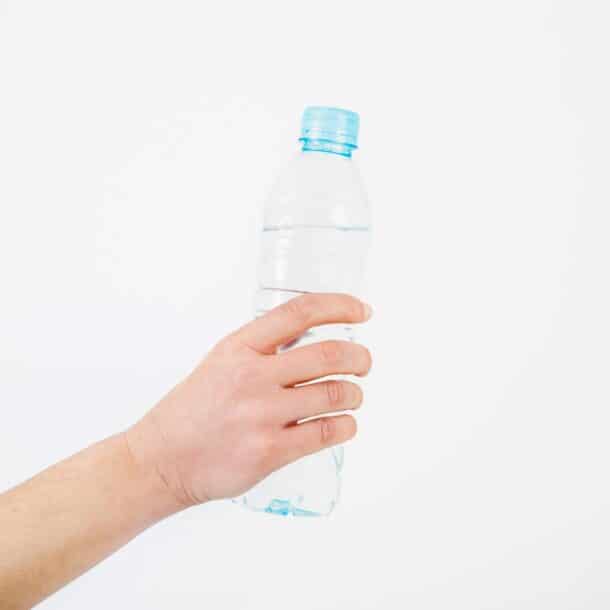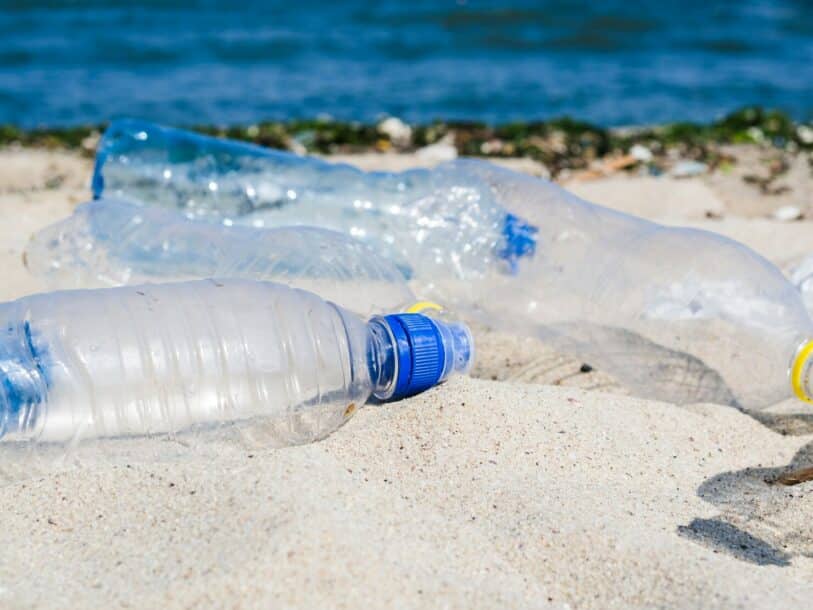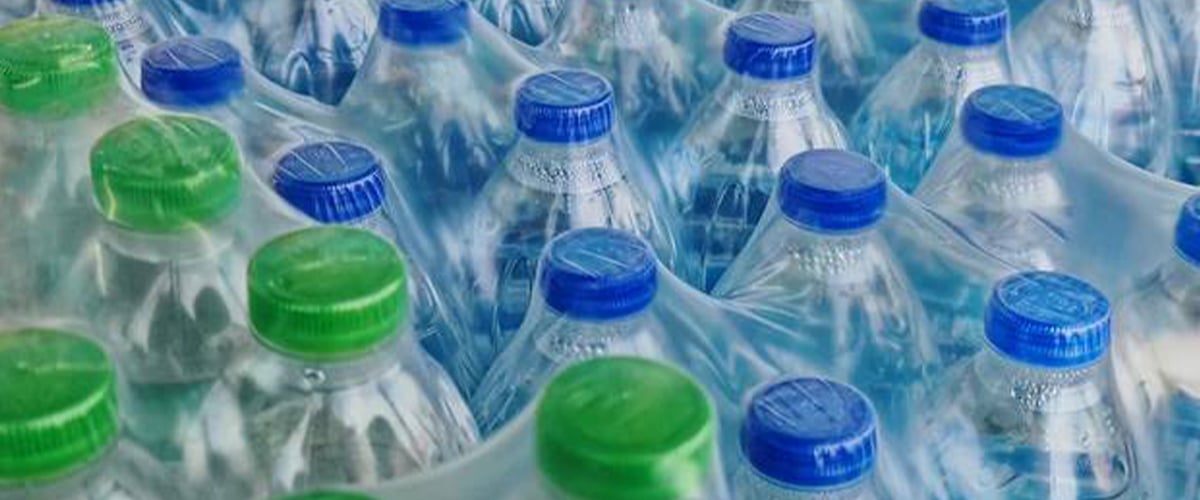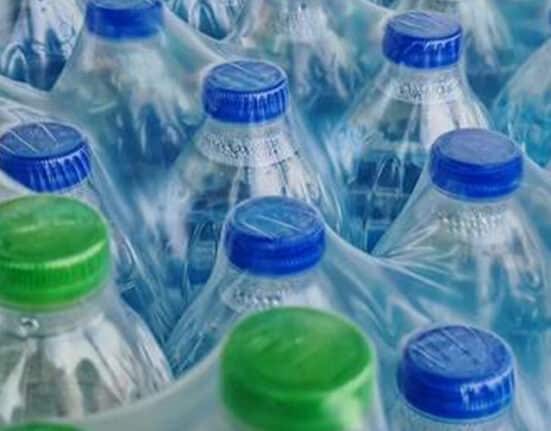RECYCLING has been an important practice in protecting the environment and sustaining the world for future generations. As the global population expands, so does the amount of waste produced.
The technique is a proactive approach to reducing the environmental impact of garbage disposal and promoting a more sustainable and eco-friendly way of life.
Paper, glass, metals, and plastics, especially plastic bottles, are among the most commonly recycled items. Plastic bottles have become widely used in our daily lives, enabling ease and mobility for beverages and other liquids.
However, the ubiquitous reuse of plastic bottles raises serious concerns about both environmental sustainability and potential health dangers, and here’s why it’s dangerous to reuse a plastic bottle for too long.
The Risks of Prolonged Reuse of Plastic Bottles
According to a study published in the Proceedings of the National Academy of Sciences, experts found an average of 240,000 identifiable plastic particles per liter of water in popular brands.
Instead of 300 per liter, the team behind the latest study discovered that the real amount of plastic fragments in three popular brands of water, which they choose not to identify, was between 110,000 and 370,000, if not more.
“We believe all bottled water contain nanoplastics, so singling out three popular brands could be considered unfair,” said Beizhan Yan, a co-author of the study and an associate research professor at Columbia University.

This is 10 to 100 times higher than previous estimates, raising possible health issues. The most frequent type of plastic detected in the study was nylon, which most likely came from plastic filters used to clean water.
Polyethylene terephthalate, or PET, is the material used to make bottles, and it degrades over time. This leaks out when the bottle is squeezed. Other types of plastic enter the water as the cap is opened and closed.
With repeated use and exposure to heat, sunlight, and cleaning agents, the deterioration process may be accelerated, resulting in the release of toxic substances into the bottle’s contents.
These substances can contaminate the liquids kept in the bottle, providing a significant risk to consumers. This can penetrate an individual’s cells and tissues in important organs, thereby disrupting the biological process.
Some early laboratory investigations have already connected them to harmful effects, such as reproductive defects and stomach problems. They can also pass the placenta and enter the body of an unborn infant.
Plastic bottle degradation not only has an impact on the contents that consumers may ingest, but it also contributes to the growing problem of microplastic pollution.

Plastic particles invade water sources and ecosystems, hurting aquatic life and potentially entering the human food chain.
However, Yan emphasized that the study does not conclusively reject the use of plastic bottles because dehydration may present a larger risk.
“We do not advise against drinking bottled water when necessary, as the risk of dehydration can outweigh the potential impacts of nanoplastics exposure,” he went on to say.
While plastic bottles provide a great deal of convenience for consumers, their irresponsible reuse poses substantial risks to both the environment and human health.
It is critical to raise awareness about the potential hazards of reusing plastic bottles and promote the use of safer alternatives and practices.
Individuals can help to create a healthier environment and lessen the harmful impact of plastic pollution on both ecosystems and human well-being by using stainless or glass bottles/tumblers.
Anyway, it is more likely to spend an array amount of money on a tumbler than to spend all of your savings on a larger health risk and other environmental difficulties.









